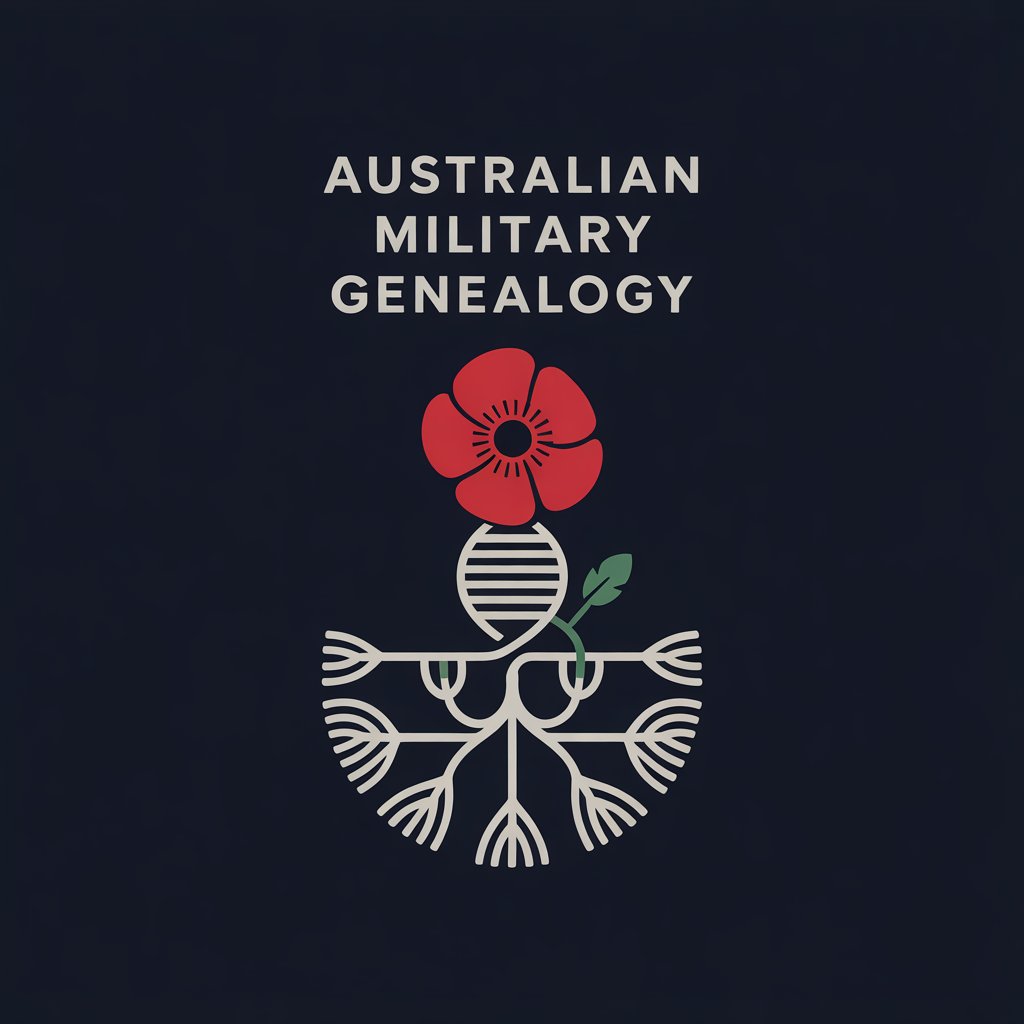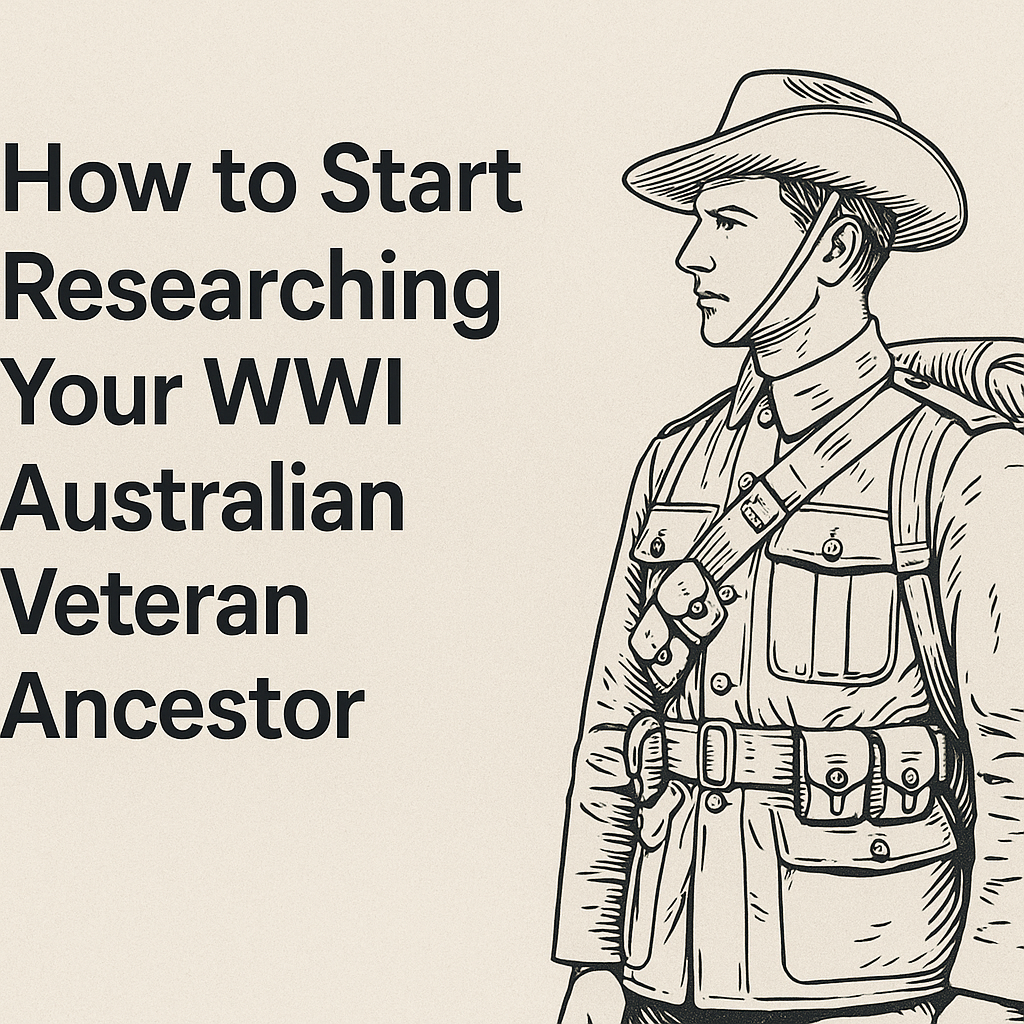Do you have a World War I veteran in your family tree? For many Australians, uncovering the stories of ancestors who served in the Great War is both a moving and rewarding experience. Whether you’re just beginning your journey into military family history or looking to expand on what you already know, this guide will walk you through the first essential steps to researching your WWI Australian veteran ancestor.
Step 1: Start with What You Know
Begin your research by collecting as much information as possible from family sources. This might include:
- Full name (including any known nicknames or alternate spellings)
- Date and place of birth
- Service number
- Unit or regiment
- Medals or personal stories
- Photographs, letters, or memorabilia
Even small details can help unlock bigger discoveries.
Step 2: Search the National Archives of Australia
The National Archives of Australia (NAA) holds service records for over 400,000 Australians who served in WWI. These are digitised and freely available online.
🔗 Search the NAA WWI service records
Look for documents such as:
- Attestation papers (enlistment forms)
- Service history
- Medical records
- Discharge documents
- Next-of-kin information
Tip: Use the NameSearch feature and try alternate name spellings if your first attempt doesn’t yield results.
Step 3: Explore the Australian War Memorial
The Australian War Memorial (AWM) is another invaluable resource.
Key records include:
- Embarkation rolls
- Nominal rolls
- Honours and awards
- Unit war diaries
- Photos and personal items
The unit war diaries offer rich detail on the daily movements and conditions of your ancestor’s battalion or regiment.
Step 4: Dive Into Unit Histories
Many WWI units published books after the war, often written by veterans. These histories may contain:
- Battle accounts
- Maps and illustrations
- Casualty lists
- Mentions of individual soldiers
Try searching library collections, local bookstores, or archives like the State Library of Victoria and Trove for these materials.
Step 5: Check Local Sources
Local information can add rich detail and context. Consider checking:
- Historical newspapers via Trove
- Community honour rolls
- Local historical societies
- Memorials and cemetery records
These can provide stories and tributes that don’t appear in official military records.
Step 6: Organise and Preserve Your Research
As you gather information, it’s essential to stay organised. Use:
- Digital folders or cloud storage
- Spreadsheets to track names, dates, and sources
- Genealogy software to create family trees
Backing up your work and clearly citing your sources will save time and avoid confusion later.
Need Help With Your Research?
If you’re short on time or feel overwhelmed, professional help is available.
At Australian Military Genealogy, I offer:
- Paid research services
- Digital research workbooks
- Pre-researched WWI veteran profiles
- One-on-one training and future live sessions
📩 Contact me to learn more or request a quote.
Every soldier has a story.
Start your journey today and ensure your WWI ancestor’s legacy is remembered.


Leave a Reply